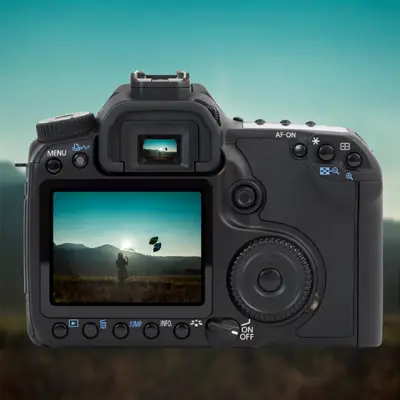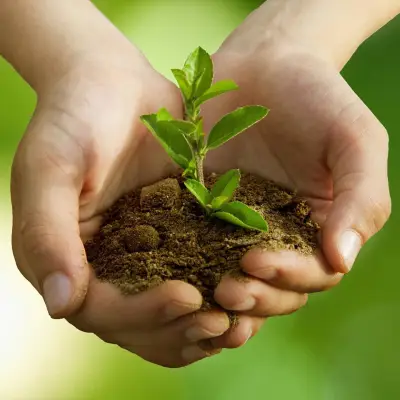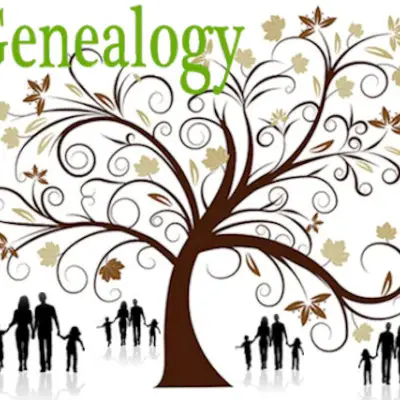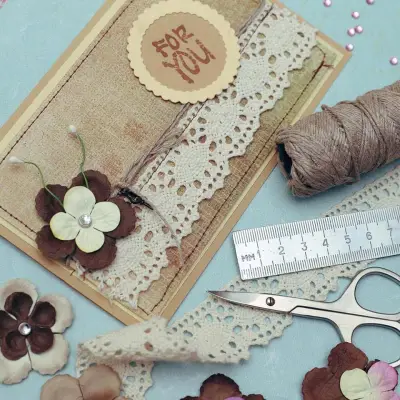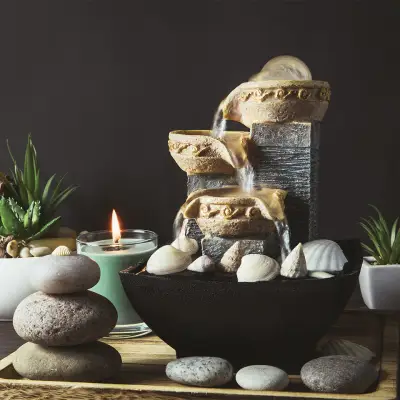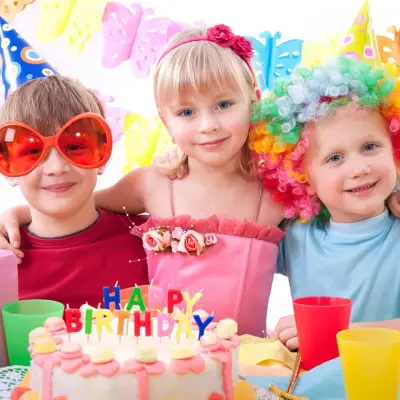Crocheting is an enjoyable and rewarding craft that anyone can learn with the right guidance. This article covers all the essentials - from supplies and stitches to techniques - to help you get hooked on crochet in no time!
Jump tp:
Essential Crochet Supplies
To get started with crochet, you’ll want to gather these essential supplies!
- Crochet Hooks - They come in various sizes: each suitable for different yarn weights. As a beginner, it’s recommended to start with a medium-sized hook (e.g. H/5.00mm) that can be used for a wide range of projects.
- Yarn - It's best to begin with a medium-weight yarn, also known as “worsted” or “aran weight”. Acrylic yarn is a great example and is the perfect option for beginners, as it's affordable and easy to work with.
- Scissors - A pair of sharp scissors is a must-have for cutting yarn and finishing off your projects neatly.
- Stitch Markers - These small, circular markers are used to highlight specific points in your crochet work. They’re helpful for marking the beginning of a round.
- Measuring Tape - A measuring tape is useful for checking gauge (the number of stitches and rows per inch) and measuring the size of your finished projects.
How to Hold a Crochet Hook
There are two main methods of holding a crochet hook: the pencil hold and the knife hold.
Pencil Hold - As the name suggests, this is a popular method where you hold the crochet hook as you would hold a pencil. Place the crochet hook between your thumb and index finger, with the hook facing downward. Your remaining fingers can rest gently on the shaft of the hook for support. This grip offers control and precision, so it’s suited for those who prefer a delicate touch.
Knife Hold - Also known as the “overhand hold”, this method involves holding the crochet hook like you would hold a knife while cutting. Grip the handle of the crochet hook with your fist, allowing the hook to extend out from your hand. The hook should be positioned facing away from you. If you want to crochet with more power and speed, then this method is the most suitable.
Recommended for you!
Best SellersMastering Basic Crochet Stitches
Crochet consists of a variety of stitches, but mastering these four will form your foundation:
1.Chain Stitch (ch)
The chain stitch is the starting point for nearly every crochet project. It forms a series of linked loops, creating a foundation row. To create a chain stitch, make a slip knot on your hook and then yarn over (wrap the yarn around the hook) and pull it through the loop on your hook. Repeat this process to create the desired number of chains.
2. Single Crochet (sc)
The single crochet is the simplest and most commonly-used stitch in crochet. To make a single crochet, insert your hook into the desired stitch, yarn over, and pull up a loop (you should have two loops on your hook). Yarn over again and pull through both loops on the hook, completing the single crochet.
3. Half Double Crochet (hdc)
The half double crochet is taller than the single crochet but shorter than the double crochet. To make a half double crochet, yarn over, insert your hook into the desired stitch, yarn over again, and pull up a loop (you should have three loops on your hook). Yarn over once more and pull through all three loops to finish the stitch
4. Double Crochet (dc)
The double crochet is a taller stitch, allowing for quicker progress in your crochet projects. To create a double crochet, yarn over, insert your hook into the desired stitch, yarn over again, and pull up a loop (you should have three loops on your hook). Yarn over once more and pull through the first two loops, then yarn over again and pull through the remaining two loops to complete the double crochet.
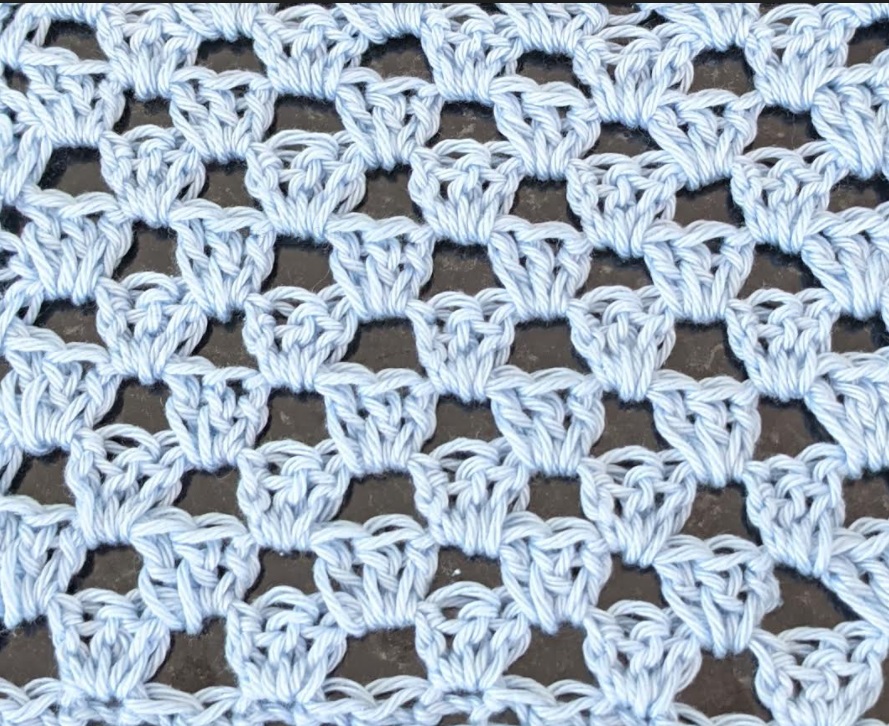
How to Read a Crochet Pattern
Crochet patterns are like a roadmap that guides you through the creation of a specific design. Knowing how to read them is an essential skill for all crochet enthusiasts!
Crochet patterns can be presented in either written form or as charts. Written patterns use abbreviations and symbols to represent different stitches and actions. Each pattern will typically have a legend or key that explains the meaning of any abbreviations that they use. Charts, on the other hand, provide a visual representation of the stitches and the way they interact with one another.
Below is a list of common abbreviations:
- ch: chain
- sc: single crochet
- hdc: half double crochet
- dc: double crochet
- tr: treble crochet
- st: stitch
- inc: increase
- dec: decrease
When you’re working with a written pattern, it's essential to read and understand each instruction carefully. You’ll want to pay attention to special notes or additional guidance. To ensure accuracy, count your stitches at the end of each row or round to confirm that you have the number of stitches specified in the pattern. As you become more familiar with crochet patterns, you'll discover that many patterns follow similar formats, making them easier to interpret.
Different Crochet Techniques
Once you have the basic stitches down, try expanding your skills with these techniques.
Other Fundamental Stitches (e.g. Treble Crochet)
In addition to the basic crochet stitches we mentioned earlier, you can learn the treble crochet (tr): a more advanced stitch. It’s a tall stitch that creates a beautiful texture. To do this stitch, yarn over twice before inserting your hook into the stitch, then follow the usual steps to complete the stitch.
Working in the Round and Creating Circles
Crocheting in the round allows you to create seamless and circular designs: perfect for making hats or decorative dollies. To work in the round, you'll need to join each round with a slip stitch and begin the next round from the same starting point. This technique eliminates the need to turn your work.
Granny Squares
Granny squares are a classic crochet motif that you can use to create blankets, scarves and various garments. These squares consist of clusters of stitches and chain spaces that create a traditional and timeless design. Their versatility provides endless colour combinations and layout arrangements.
Filet Crochet
Filet crochet is a technique that allows you to create intricate and delicate lace-like designs. It is most commonly used to make decorative pieces like tablecloths, curtains, or shawls.
Tunisian Crochet
Also known as Afghan crochet, this technique combines the best of crochet and knitting. It uses a long hook to work stitches both backward and forward, creating a beautiful texture that’s perfect for cosy blankets and scarves.
From mastering basic stitches to crafting intricate designs, the possibilities are endless when you take up crochet! If you're eager to deepen your crochet knowledge, consider enrolling in our Crochet Diploma Course for just £29 (save £98!). As well as providing tutelage for beginners and ideas for existing hobbyists, it also comes with full-illustrated practical examples, letting you follow along at your leisure.

